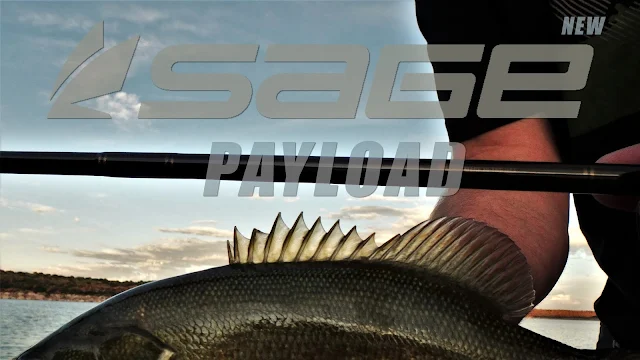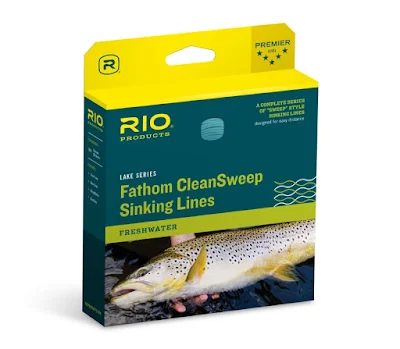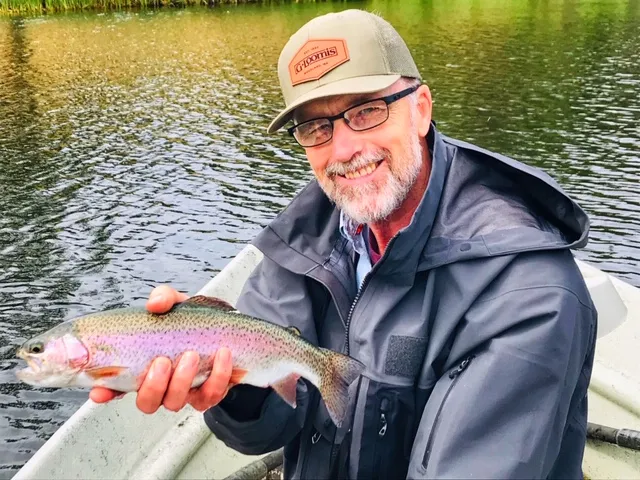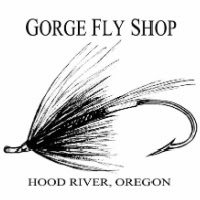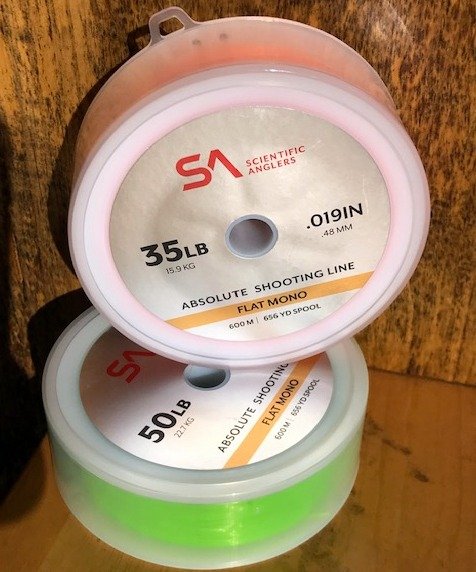Finally got a chance to get out and really test out my new Sage Trout Spey HD 10’9” one weight rod.
I made a trip to the Malheur Mountains to explore some small streams that feed the Malheur River for Redband Rainbows.
Mike Prine and I have had this trip planned for a while. We knew going into this that the feeder streams would not likely produce much if any fish over 12”, but one could hope right. So along with my two and three weight single hand rods I packed my Sage Trout Spey HD one weight two hander.
By the second day we had reached a camp on a stretch of the stream that slowed and broadened out to twenty to forty feet wide. This was a perfect place to swing some soft hackles. I set down my dry fly rod and started swinging with the two hander.
Matched with the Sage Trout Spey 1/2/3 Reel and a RIO Trout Spey Scandi Head in 190 grain weight it made the perfect soft hackle outfit. The rod is light enough you can single hand cast it if you wanted unlike most two handed rods.
Swinging soft hackles on the one weight is a blast for the 8” to 12” Redband Rainbows found in these streams. Even though these fish are small, they still are a lot of fun on this rod. Don’t under estimate this rod because it says one weight on it, a good angler can do much more than many would think possible.
As we worked up stream I spotted what looked like a fairly large Brook Trout, maybe a bull trout. I quickly clipped my soft hackle and 5x tippet off. Grabbed my streamer box and tied on a 2” long white Sculpzilia.
I made a couple of cast and spooked the fish. So I made a couple more cast just for fun. Managed to hook a little bull trout about 14”.
I then realized that I forgot that the rod was called a one weight. I would not sell this as a streamer rod, but I was casting the small #8 Sculpzilla just fine even with the scandi style trout spey line. If I had it rigged with a RIO Skagit Trout Spey it would cast this set up even better.
A short ways up river I could see a huge shadow of a fish moving up into a riffle. If I was back home I would think Steelhead or Salmon, but not here. This drainage is I would guess a 100 plus miles and three dams away from the furthest point migratory fish can pass.
I grabbed my Trout Spey and quickly launched a cast out. As soon as the fly hit the water I started stripping and this fish instantly chased down my fly and inhaled it. I yelled to Mike, “Huge Fish!” He grabbed his camera and came running.
Now I am hooked up to a fish on a one weight trout spey rod that could easily estimate 28 to 30 inches. He rolled and took off upstream as I loaded the rod all the way into the butt.
Not sure what I had hooked but I saw an odd golden color as he rolled and turned. My mind was racing! What do I have? Don’t lose it! Keep the line tight, don’t let it in the logs! Is it a bull trout? It flashed more like a brown, but there are no browns in here, at least that I know of.
Crazy but I was able to keep the fish in control and lucky enough to land him after good little tussle.
Mike asked “what is that?” I looked at hum and said honestly it looks like an old spawned out Spring Chinook, but that is not possible here. We quickly took photos and released the fish.
The next few days we pondered what this fish was. It was really driving me crazy! Most everything pointed to an Spring Chinook that had been in the river for a while but it had no signs of looking like a zombie fish in which a Spring Chinook in September would. The mouth was much more trouty than most Chinook. I was just at a complete lost.
A few days went by and we dropped into cell coverage. I quickly texted my buddy Steve, a good friend and retired fish biologist, the picture of the mystery fish with caption "what is this?" He replied it is an old Spring Chinook.
I called him and told him there can't be no Salmon where I am. Once I told him where I was he said you are right. I see why you are so confuse. He then told me that Oregon Fish and Wildlife had just started a program a few years ago trucking a few hundred left over adult hatchery Chinook to this watershed and releasing them. They were doing this for some of the tribes so they could fish some historic grounds with traditional methods.
So mystery was solved.
Now I am not telling you this to promoting catching old worn out salmon on a one weight trout spey rod. I would have never cast to the fish if I knew what it was. The point of this is to show you even a one weight trout spey with the proper technique can cast a fairly large fly and land a fairly large fish.
My thoughts on this rod after spending more time with it is that it is one of the most fun rods I have fished ever. It is a blast to cast. Most of all it makes your small water trout fishery a lot of fun with a two hander.
This Sage Trout Spey HD 1109-4 is amazing fun with soft hackles and can handle light duty streamers on smallish water. It wouldn't be my first choice on big water like the Deschutes but for small water and wild trout then I say...YES! GET ONE!!!!
Trav
"The Gorge"
Gorge Fly Shop Team - 541.386.6977








